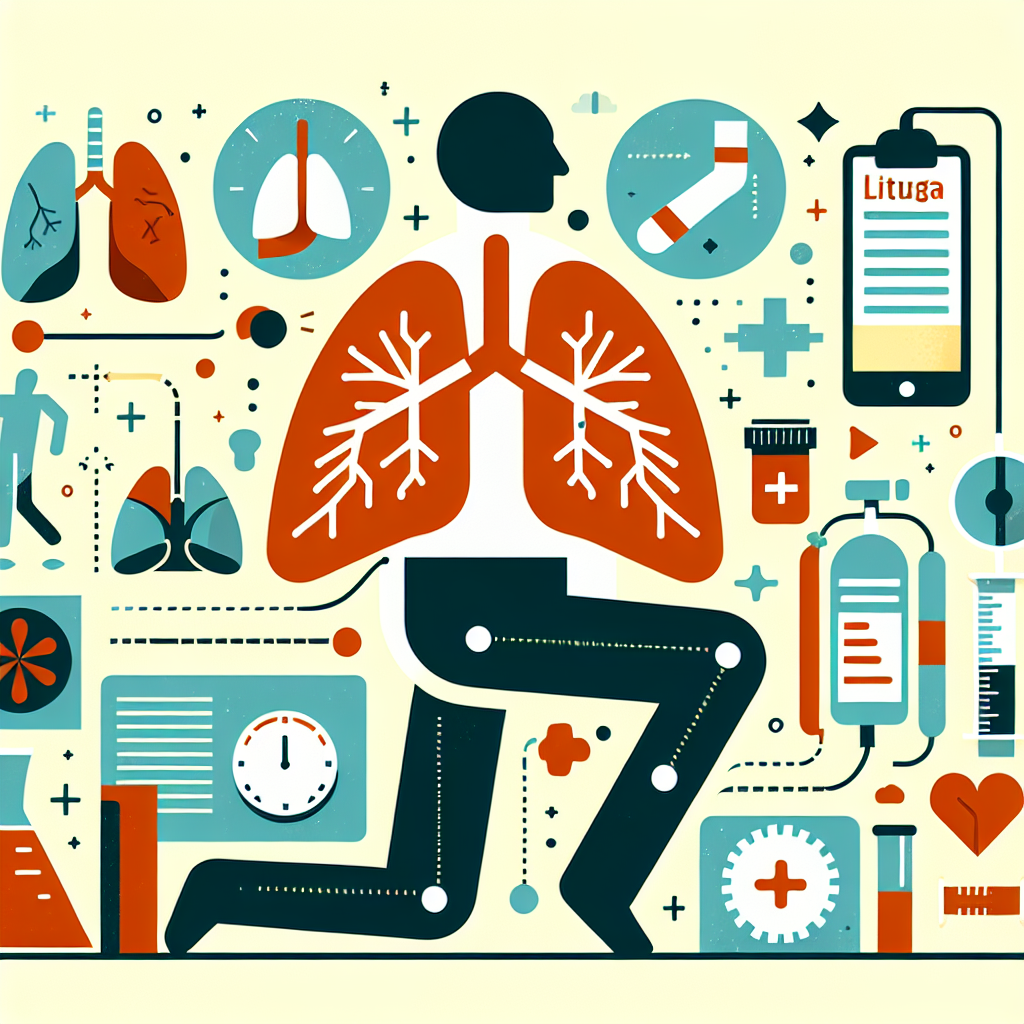Lung health can feel abstract until you try a few guided drills. In this post we’ll cover simple lung exercises you can do anywhere, step-by-step, to support deep respiration and calm anxious breathing. These practices combine the benefits of breathing exercise with practical breathing techniques to improve capacity, reduce stress, and teach you how to take a deep breath intentionally.
Practical lung exercise routines
Start with a comfortable, close breathing position — sitting upright with feet flat, shoulders relaxed and mouth closed. If you prefer lying down, bend your knees and place a hand on your belly to feel each inhale. The best breathing techniques for beginners are those that focus on diaphragmatic movement: slow deep breaths that fill the lower lungs rather than shallow chest-only breaths.
1. Diaphragmatic breathing (deep breathing techniques)
How-to: Place one hand on your chest and one on your abdomen. Inhale slowly through the nose for 4 seconds, feeling your belly rise, then exhale for 6 seconds through pursed lips. Repeat for 5–10 minutes. Deep breathing benefits include reduced muscle tension and more efficient oxygen exchange — a core reason these are among the breathing exercises to help lungs.
2. Box breathing (breathing strategies for anxiety)
How-to: Inhale for 4, hold for 4, exhale for 4, hold for 4. This is one of the best breathing exercises for anxiety because it stabilizes the nervous system. Use it when you notice anxious breathing or racing thoughts; it’s a practical breathing strategy to reset your rhythm and relax and breathe intentionally.
3. 4-7-8 method (calming breathing exercises)
How-to: Inhale quietly through the nose for 4, hold for 7, exhale forcefully through the mouth for 8. This deep breathing exercise is often recommended for sleep and for calming the vagus nerve during panic. It’s part of the repertoire of the best breathing techniques when you need to slow your heart rate.
4. Pursed-lip breathing (breathing exercises to help lungs)
How-to: Inhale through the nose for 2 counts and exhale slowly through pursed lips for 4–6 counts. This technique helps people with shortness of breath and supports better exchange in the lungs by increasing airway pressure on exhale. It’s especially useful after activity or during breathing exercises for stress.
5. Progressive exhalation and deep breaths
How-to: Take a breath to breathe in deeply, then exhale longer than the inhale. Start with a 3-5 inhale and extend your exhale to 6–8 counts. Repeat and notice how each extended exhale reduces tension. Pair this with grounding cues — feel your feet on the floor and slowly relax each body part.
- Breathing tips for anxiety: Use shorter practice sessions several times daily rather than a long single session when first learning.
- Breathing methods for anxiety: Combine box breathing with gentle movement, like walking, to anchor the technique.
- Breathing techniques for stress: Keep practices consistent; even 5 minutes can shift physiology.
When anxious breathing starts, remind yourself to take a deep breath and then return to a simple pattern. If trembling or physical anxiety accompanies breathlessness, calming breathing exercises and posture shifts can be helpful; for more targeted guidance on related symptoms, see descriptive anchor text.
Understanding the physiology can help your practice stick. For an accessible primer on breathing mechanics and how respiration supports body systems, consult a reliable reference such as Breathing – Wikipedia. Learning the mechanics supports better technique selection and safer progress.
Tips to practice safely and effectively
- Begin seated and in a close breathing position if you feel lightheaded; progress to standing as tolerance improves.
- Use deep breathing exercises for anxiety when symptoms first emerge; they’re a practical part of broader breathing strategies for anxiety.
- If you have lung disease or cardiac conditions, consult your provider before starting new breathing routines like deep breathing exercises for anxiety or extended breath holds.
- Practice breath awareness: notice whether you habitually take shallow breaths and work to move toward diaphragmatic, slow respiration.
In daily life, small cues like “relax and breathe” or “take a deep breath” can anchor your practice. Try combining breathing techniques with gentle movement, meditation, or a cooling palm on the belly to reinforce the breath. Over time, these breathing exercises, whether labeled as deep breathing techniques or simple breathing strategies, build resilience and improve lung comfort.
- Consistent short sessions beat occasional long ones.
- Blend calming breathing exercises with posture and gentle movement.
- Use pursed-lip and diaphragmatic breathing to support airflow and reduce shortness of breath.
FAQ: How often should I practice?
Start with 5–10 minutes twice daily and add short 1–2 minute resets throughout the day. Increase gradually as you feel more comfortable with deeper respiration.
FAQ: Can these techniques replace medical care?
No. Breathing exercises and strategies are supportive tools. If you have chronic lung disease, persistent shortness of breath, or chest pain, seek medical advice before relying on exercises alone.






